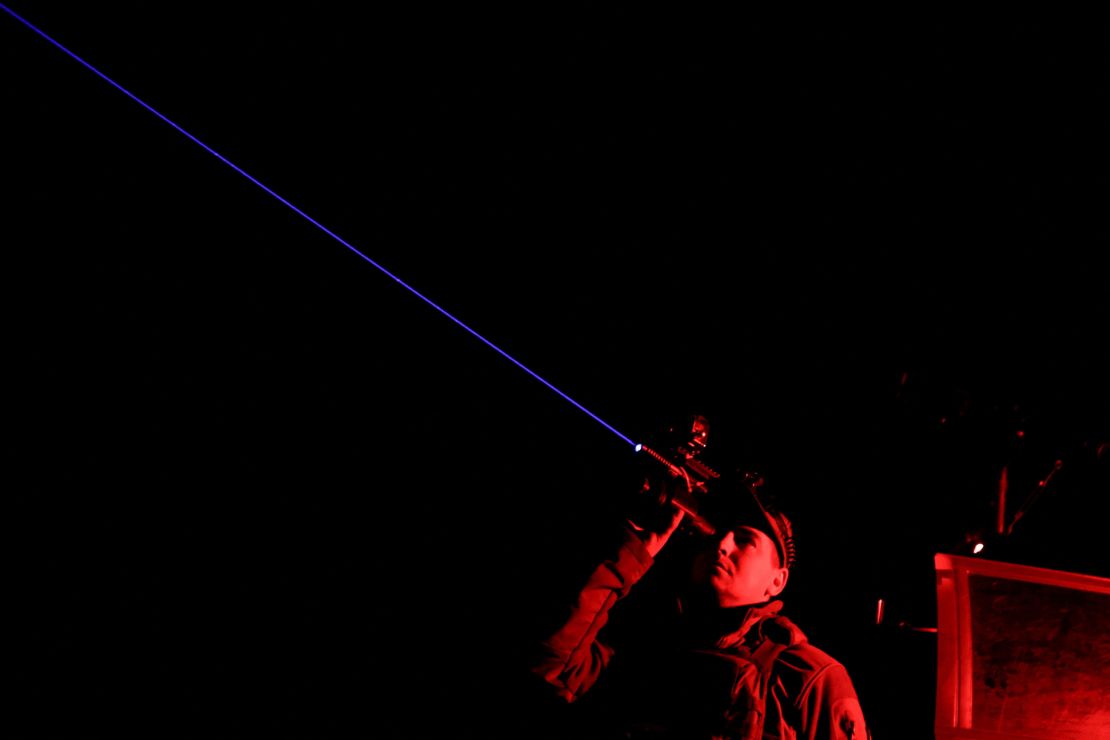CNN
—
For months, President Donald Trump has voiced varying degrees of optimism that he – and only he – will be able to resolve the conflict in Ukraine.
But halting progress, ever-more deadly drone attacks and unmoving negotiating positions seem to have taken their toll. On Thursday, Trump used a striking analogy to concede the warfare was nowhere near over, and that he did not, at that moment, feel it was best to intervene.
“Sometimes you see two young children fighting like crazy,” Trump said in the Oval Office, with his German counterpart Friedrich Merz looking on silently. “They hate each other, and they’re fighting in a park, and you try and pull them apart. They don’t want to be pulled. Sometimes you’re better off letting them fight for a while and then pulling them apart.”
In this comparison — which Trump said he delivered directly to Russian President Vladimir Putin during their 75-minute phone call Wednesday — Trump is acting not as the man in the middle but as a referee letting an altercation play out.
“You see it in hockey. You see it in sports. The referees let them go for a couple of seconds,” he said. “Let them go for a little while before you pull them apart.”
It was a frank admission for Trump, the verbal equivalent of throwing up his hands at a problem he cannot solve.
Trump’s evolution — from vowing to end the war in a day to comparing the warring sides to children allowed to spar on a hockey rink — has been, for him, a frustrating one.
He has wavered on applying new sanctions on Moscow, wary of pushing Putin further away from the negotiating table. He also hasn’t approved new military aid for Ukraine, hopeful a swift end to the war means it won’t be required.
A timeline he offered last week for determining Putin’s seriousness in wanting an end to the war — “two weeks” — hasn’t been repeated since, and there seems to be little expectation he’ll take action when the self-imposed deadline arrives on Monday.
His laissez-faire position will be tested over the coming weeks, as Trump embarks on a series of global summits where he’ll come under pressure from US allies to adopt a firmer position.
He’s likely to encounter Ukrainian President Volodymyr Zelensky in person at the Group of 7 summit in Canada, scheduled for mid-June. For the past three years, the conference has acted as something of a steering committee for western support to Ukraine, with Zelensky attending as a guest to underscore his requests for aid.
This year’s conference promises to be very different. Trump’s aides say there is little expectation he’ll agree to new sanctions on Russia while in Alberta.
A NATO summit a few weeks later will similarly put American support for Ukraine under a spotlight. NATO’s leaders have designed the summit to be brief and heavily focused on increasing member state defense spending, hoping to avoid any open hostility from a US president who has questioned the alliance’s importance.
Still, for all the preparations hosts of both summits have made to appease Trump, his current position on Ukraine could pose existential questions for leaders eager to encourage Trump’s attempts at negotiating a ceasefire.
The stance Trump espoused Thursday may not be his final one. A few moments after his “fight for a while” comparison, he insisted he was “for stopping killing.”
Yet his comments nonetheless reflected a new degree of resignation for his prospects of ending the war, and detachment from the conflict he once vowed to resolve.

“They fight, fight, fight,” he said. “Sometimes you let them fight for a little while.”
The dispassionate tone was similar to how he described his call with Putin on Wednesday, when he related — without comment — the Russian leader’s determination that he would have to retaliate to Ukraine’s audacious drone attack over the weekend.
Trump did not say whether he cautioned Putin or encouraged him to calibrate his response. Nor did he offer any particular view of Ukraine’s actions.
His visitor in the Oval Office on Thursday sought to encourage a more confident outlook. Merz cited the anniversary this week of the D-Day invasion of Normandy — a turning point in World War II — as an example of “when the Americans once ended a war in Europe.”
Trump was not, at first, moved by the comparison.
“That was not a pleasant day for you,” he joked, referring to the defeat of the German Nazis.
Merz kept going, however, stressing the American intervention amounted to “the liberation of my country from Nazi dictatorship” that has parallels to today’s war.
“We know what we owe you,” he said. “But this is the reason why I’m saying that America is, again, in a very strong position to do something on this war and ending this war.”
Trump did not seem particularly moved. He stopped short of promising new sanctions on Russia — something European leaders have been pressing him on for weeks — saying only he would know when the time is right, but that it hadn’t arrived yet.
“It’s in my brain, the deadline,” he said.
He even suggested he’d be willing to apply new punitive measures on Ukraine if the war doesn’t end.
“We’ll be very, very, very tough, and it could be on both countries to be honest,” Trump said. “You know, it takes two to tango.”

